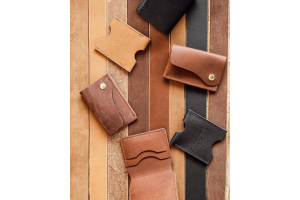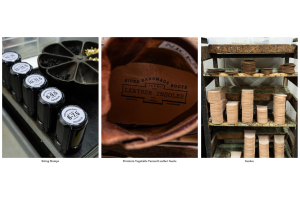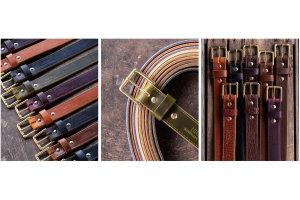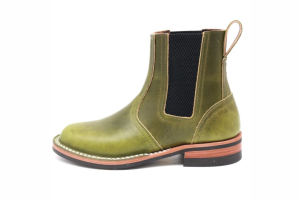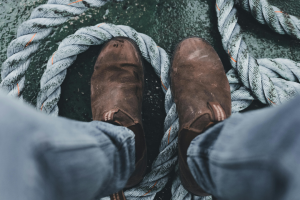What Does Zero Drop Mean In Boots? A Guide To Footwear That Supports Natural Movement
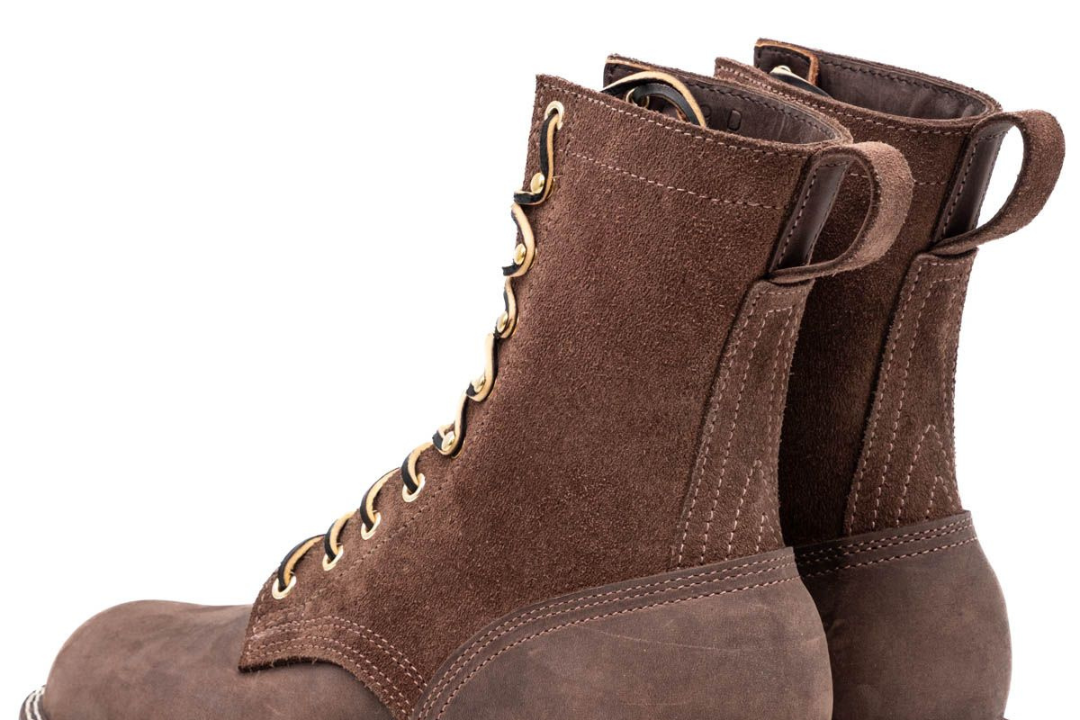
Key Takeaways:
- Zero drop means your heel and forefoot are level, mimicking the natural position of your foot while standing barefoot.
- Wearing zero drop boots can improve posture, balance, and foot strength by encouraging natural movement and alignment.
- Transitioning gradually is key—start slow to allow your muscles and tendons to adapt safely to the new mechanics.
Ever wonder why your boots feel great at first but leave you sore by the end of the day? It might come down to something most people overlook—heel drop. Traditional boots often raise the heel above the toe, altering your natural posture and stride.
Over time, that subtle shift can cause discomfort in your feet, knees, and lower back. Zero drop boots change that. Keeping your heel and forefoot level supports natural movement and better alignment.
In this article, we’ll explain what zero drop means and why it could be the upgrade your everyday footwear truly needs.
What Does Zero Drop Mean? The Basics Explained
When you hear the term "zero drop" in footwear, it’s easy to imagine some high-tech rocket science, but the idea is surprisingly simple—and rooted in natural movement. In the context of boots and shoes, "zero drop" refers to the height differential between the heel and the forefoot. In more familiar language, a zero drop boot means your heel and your toe sit at the same distance from the ground.
Most modern boots have a raised heel, sometimes called a "heel-to-toe drop," usually ranging from 4mm to 12mm or more. That incline subtly shifts your posture and the way you walk, pushing your weight forward onto your toes. zero drop footwear, on the other hand, is designed to keep your feet in a more anatomically neutral position, just like if you were standing barefoot on level ground.


The Science Behind Zero Drop Footwear
Zero drop footwear isn’t just a passing trend—there’s genuine science at work shaping how these boots support your feet. While traditional boots typically feature an elevated heel, zero drop designs place the ball and heel of your foot at the same distance from the ground. But what’s the big deal about altering the heel-to-toe ratio, and how does it influence comfort and movement?
Alignment And Posture
Zero drop footwear aims to encourage natural alignment of the body. By eliminating the difference in elevation between the heel and toes, these boots help bring your foot closer to its natural walking position.
Engaging Natural Foot Mechanics
Conventional raised-heel shoes may limit the natural movement of your foot. With zero drop boots, the foot is encouraged to flex, bend, and engage the way it would if you were walking barefoot. This means your toes can spread out, your arch can flex, and your entire foot can absorb shock more effectively. For many, this allows a return to more instinctual movement patterns, supporting overall foot health.
Strengthening Foot Muscles
Because zero drop boots mimic the movement of going barefoot, they activate muscles that often go underused with traditional footwear. The flat profile encourages the feet—and even the calves—to do more balancing and shock absorption. As a result, your lower body may become stronger and more resilient over time, handling long workdays and weekend adventures better.
Benefits Of Wearing Zero Drop Boots
Zero drop boots have gained popularity among those seeking footwear that complements the foot's natural mechanics. These boots offer several unique advantages beyond standard comfort by removing artificial elevation from the heel.
Encourages Natural Foot Position
The defining feature of zero drop footwear is a sole that keeps the heel and forefoot at the same height. This promotes a more upright, balanced stance and positions the foot as it would be barefoot. Over time, this alignment can help reduce unnatural strain on the ankles, knees, and hips.
Improved Posture And Balance
When your boots allow your feet to splay and move naturally, your body instinctively adopts a healthier posture. This subtle adjustment can lead to better overall balance, both at rest and in motion — whether on a job site or out for a day in the city.
Potential Reduction In Injuries
Traditional boots with elevated heels can sometimes contribute to strain and overuse injuries due to altered gait patterns. Zero drop designs support a more even weight distribution, potentially lowering the risk of standard foot and leg ailments like plantar fasciitis or shin splints.
Enhances Foot Strength And Mobility
Allowing your feet to function as nature intended helps activate the intrinsic muscles that often weaken in heavily cushioned or heeled shoes. Zero drop boots enable these muscles to strengthen, increasing your foot's resilience and range of motion.
Who Should Consider Zero Drop Boots?
Zero drop boots aren’t just a trend—they’re a thoughtful response to the needs of people who value comfort and performance in their footwear. But is this style right for everyone? Let’s break down who benefits most from boots designed around natural movement.
Those Who Want A More Natural Gait
Zero drop means the heel and forefoot are on the same plane, unlike traditional boots where the heel sits higher. This configuration allows your foot to land more naturally, supporting the body’s innate biomechanics. If you value a stride that feels closer to barefoot walking but with the protection and durability of a boot, zero drop might be precisely what you need.
Workers On Their Feet All Day
If your job requires standing or moving for hours, proper posture and joint alignment become critical. zero drop boots can encourage a more natural stance, potentially easing stress on your knees, hips, and lower back. For many, this increases comfort and reduces fatigue during long shifts or demanding tasks.
Outdoor Enthusiasts
Whether you’re hiking, camping, or trekking through unpredictable terrain, zero drop boots blend flexibility with ground feel. This style promotes better balance and proprioception, allowing you to react quickly to changes underfoot. Adventurers who appreciate feeling connected to the ground often find zero drop boots a preferred choice.
Fitness And Movement Enthusiasts
Those passionate about functional fitness or prioritize movement quality in their everyday lives often gravitate toward zero drop footwear. The even platform helps with stability and can support natural foot strength over time, making these boots appealing for anyone invested in whole-body health.
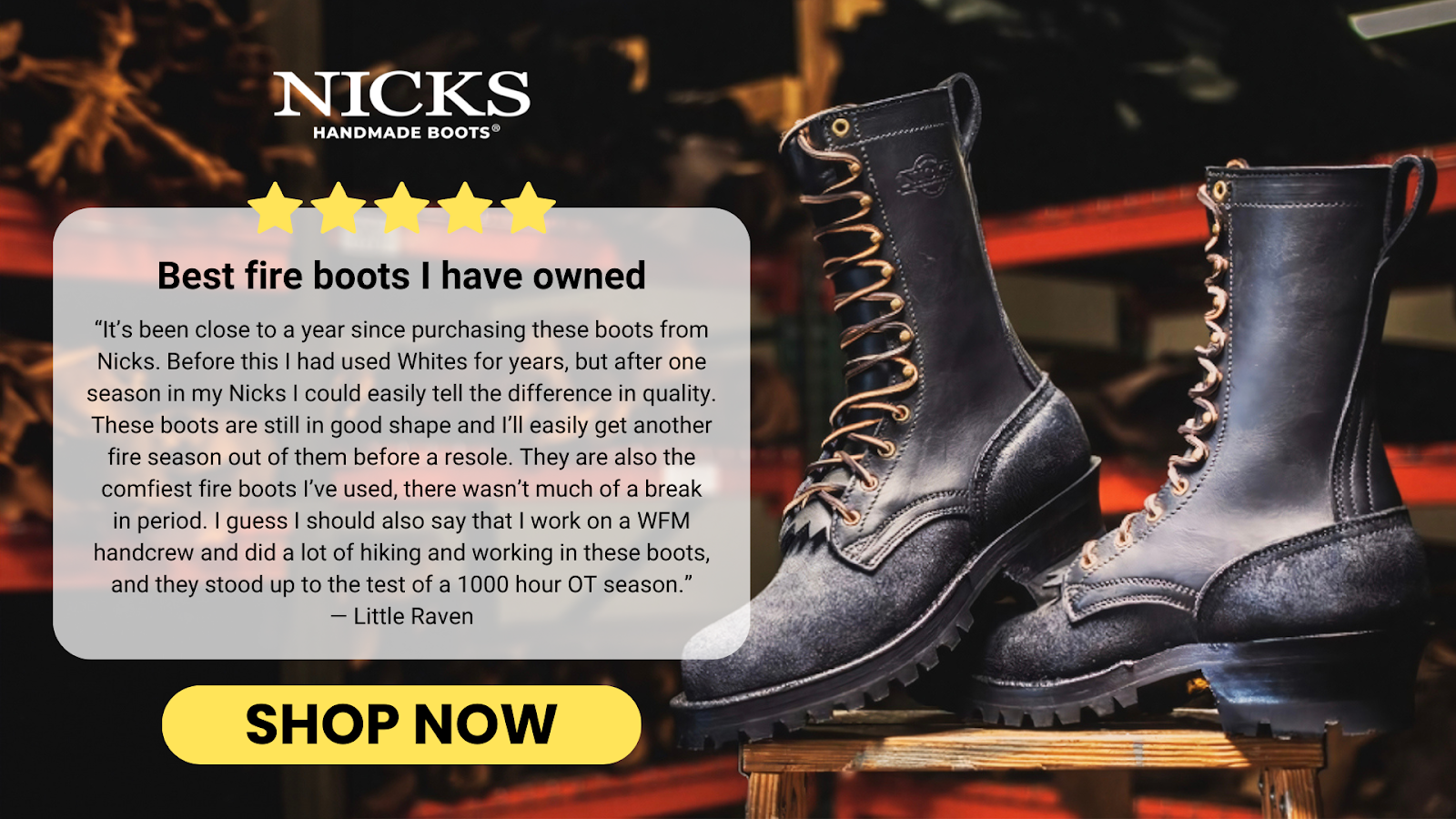

Transitioning To Zero Drop Footwear
Switching to zero drop boots can be transformative for your feet, but it’s not a change you want to rush. zero drop footwear encourages a more natural posture and gait. Still, our bodies—especially feet and calves—need time to adapt if they’ve grown accustomed to traditional footwear with an elevated heel.
Start Slow And Listen To Your Body
The first step in transitioning is to introduce zero drop boots gradually. Begin by wearing them for short periods—maybe an hour or two each day. This gives your muscles and tendons a chance to adjust without overloading them. Pay attention to any discomfort or tightness, especially in the calves or Achilles tendon, as these are common areas affected by the new foot mechanics.
Focus On Foot Strength And Flexibility
Zero drop footwear puts new demands on your lower legs and feet. Regular stretching and strengthening exercises make the process smoother. Add calf stretches, toe spreads, and barefoot walking on soft surfaces into your routine. These activities reinforce proper alignment and help build resilience in your feet.
Monitor Your Movement And Posture
As you adjust to zero drop boots, you might notice changes in your stride and posture. Take a moment to walk on level ground and observe your gait. Aim for a balanced strike—landing with a flat foot rather than on your heel. Good posture and mindful movement will maximize the benefits of zero drop design and reduce the risk of strain.
Potential Risks And Considerations
Embracing zero drop boots can be a game-changer for those seeking natural foot movement and improved comfort. However, making the switch—or simply trying out this style—also brings with it some critical factors to weigh. Understanding these risks and considerations can help you decide whether zero drop boots align with your needs and lifestyle.
Transition Period And Foot Adaptation
Switching to zero drop footwear isn’t always as simple as lacing up and heading out. Traditional boots often have an elevated heel, and your muscles and ligaments may have adapted to that angle over the years.
Moving to a zero drop design resets your alignment, which may lead to muscle soreness or discomfort in the calves, Achilles tendons, and arches during the first few weeks. Gradual adaptation is key—experts commonly recommend easing into your new boots, allowing your body time to adjust.
Impacts On Existing Foot Conditions
If you have pre-existing foot conditions such as plantar fasciitis, flat feet, or chronic issues with your ankles and knees, it’s wise to proceed with caution. While zero drop boots promote a more natural gait, the lack of heel elevation and specific arch support can sometimes exacerbate certain conditions or introduce new discomforts. Consulting with a healthcare professional or podiatrist can help determine if zero drop footwear will support or hinder your unique situation.
Terrain And Usage Considerations
The benefits of zero drop boots shine in certain scenarios, but may not fit every environment. On rugged, uneven, or rocky terrain, the flatter sole offers less inherent shock absorption and may require more awareness in your stride. For those who spend long hours on unforgiving surfaces, evaluating the type of work or leisure activities you undertake is crucial to ensuring comfort and longevity in your footwear.
How To Choose The Right Zero Drop Boots
Finding the perfect pair of zero drop boots can feel like wading through a sea of options, especially if you’re new to the concept. The right choice will support healthy movement, suit your lifestyle, and provide the long-lasting comfort your feet deserve. Here’s what to look for when shopping for zero drop boots.
Comfort And Fit Matter Most
A true zero drop boot aligns your heel and forefoot, encouraging a natural stance. But that doesn’t mean every zero drop boot will fit the same. Always prioritize a shape that matches your foot’s natural contours. Look for a roomy toe box to let your toes splay comfortably—this helps with balance and reduces fatigue during long hours of wear. Try boots on when your feet are naturally a bit swollen at the end of the day, and wear your usual socks to ensure a realistic fit.
Material Quality And Durability
zero drop construction is just one aspect of a quality boot. The materials used—whether full-grain leather or rugged synthetics—will determine how well your boots stand up over time. Check that the upper, lining, and outsole are made of premium, robust materials. Stitching should be tight and uniform, indicating the boots will endure years of heavy use.
Consider Your Intended Use
Zero drop boots aren’t one-size-fits-all. Are you shopping for everyday wear, demanding work on the job site, or outdoor recreation? Features like slip resistance, water resistance, and insulation might be just as important as the boot’s drop. Match the boot’s features to your specific needs to get comfort, support, and performance where it matters.
Break-In Period And Ongoing Support
Some zero drop boots, especially those made from thick leather, require a break-in period. Prepare for this by wearing them for short stints at first, gradually increasing your time in them. During this phase, pay close attention to any discomfort that might signal a bad fit versus normal softening of materials. Once broken in, proper care, like regular cleaning and conditioning, will keep support and comfort at their peak.
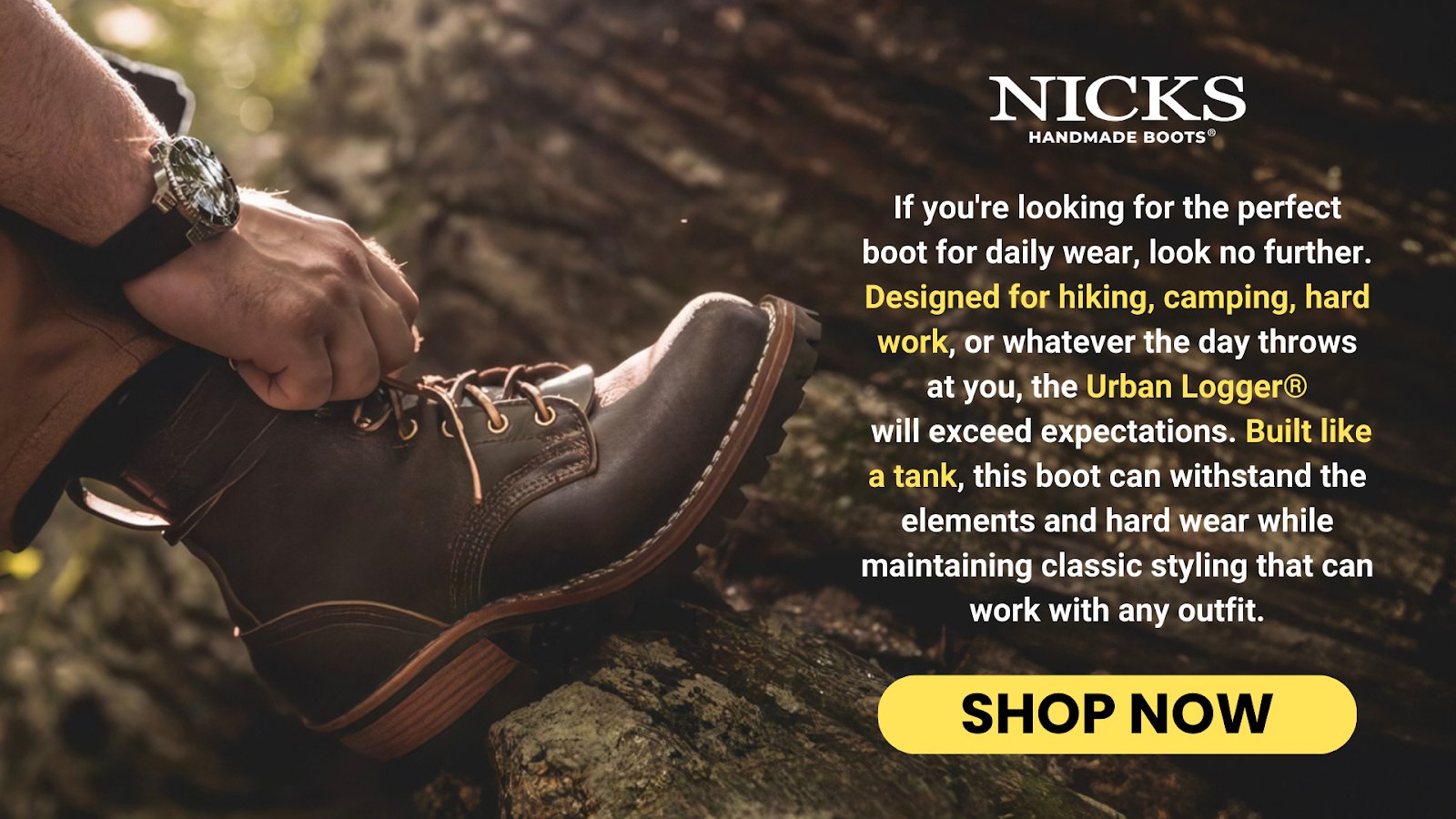

Final Thoughts
Zero drop boots offer more than a design trend—they return to how your feet were meant to move. By eliminating the heel-to-toe elevation in traditional footwear, they encourage better posture, strengthen underused muscles, and support a more natural gait.
Whether you're an all-day worker, weekend hiker, or simply seeking greater foot comfort, zero drop boots might be the upgrade your body has been waiting for. Just remember: like any meaningful shift in footwear, transitioning takes time, patience, and attention to your body’s feedback.
Read also:
Frequently Asked Questions About What Does Zero Drop Mean In Boots?
What is the difference between zero drop and minimalist boots?
Zero drop boots are defined by having a sole where the heel and forefoot are at the same height—there’s literally "zero drop" in elevation from heel to toe. Minimalist boots, on the other hand, are designed to mimic barefoot walking and often have very thin, flexible soles with minimal cushioning.
How do zero drop boots affect posture?
Zero drop boots naturally encourage better posture. With your feet flat on the ground, your body’s alignment becomes more balanced, reducing unnecessary strain on your knees, hips, and lower back. For many, this translates to a more upright stance and an improved walking gait—just as nature intended.
Are zero drop boots suitable for hiking?
Yes. Many hikers choose zero drop boots because they encourage natural movement and strengthen foot muscles. However, it’s essential to consider the build: Opt for a pair with a rugged sole, quality leather, and ample ankle support to protect your feet on uneven terrain—qualities we champion at Nicks Boots.
Can anyone wear zero drop boots?
Most people can transition to zero drop boots, but it’s wise to ease into them—especially if you’re used to a pronounced heel. Gradually increasing wear time allows your muscles and tendons to adapt, helping prevent discomfort. Those with specific foot conditions should consult a physician before making the switch.
Is there a break-in period for zero drop boots?
Yes, as with any high-quality leather boot, expect a break-in period. Each pair of Nicks Boots is built to last for years, and the leather will mold to your feet over time. Zero drop construction doesn’t speed up or slow down the break-in, but taking it slow and steady will help you adjust to the feel and encourage lasting comfort.
Can zero drop boots be used in professional settings?
Definitely. Well-made zero drop boots don’t just belong on rugged trails—they can fit right in at the worksite, workshop, or anywhere a professional presence is required. With high-quality leather, precise construction, and a sharp silhouette, boots from Nicks Boots deliver the best of both form and function.
